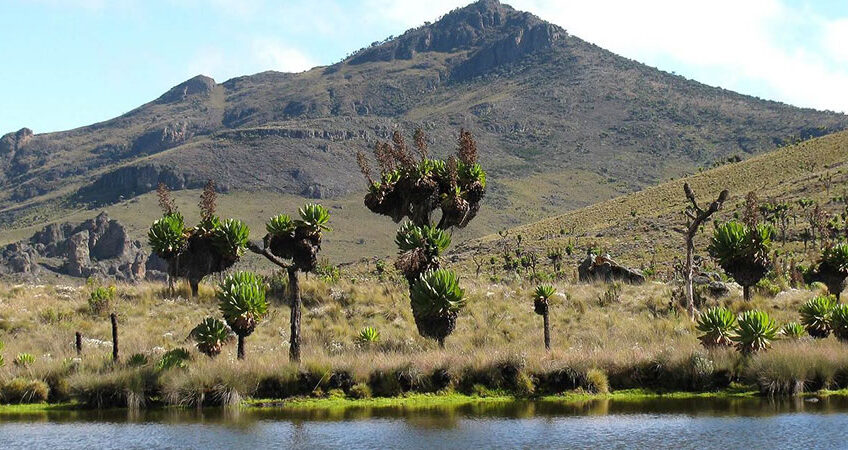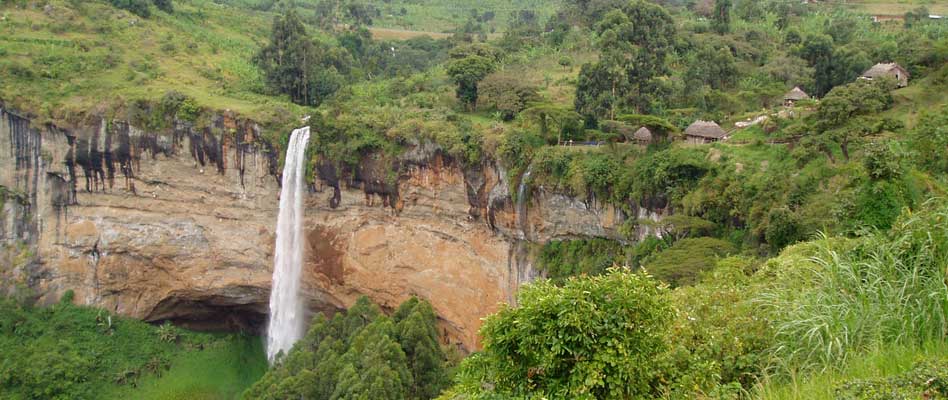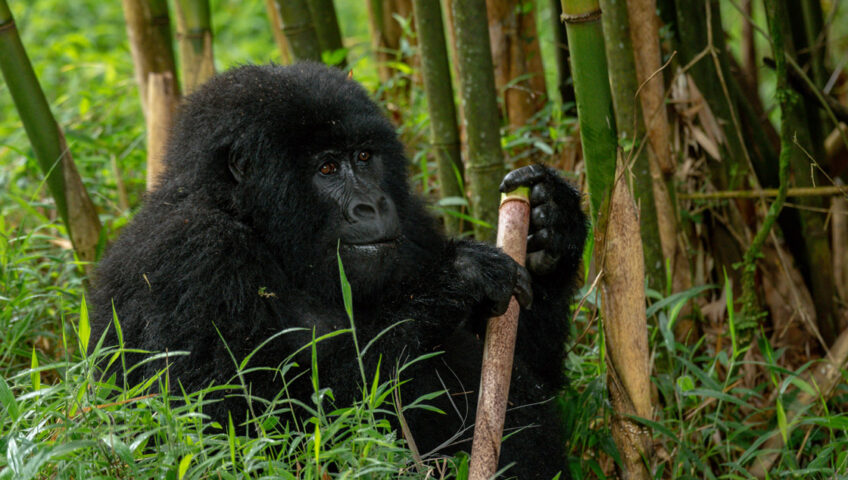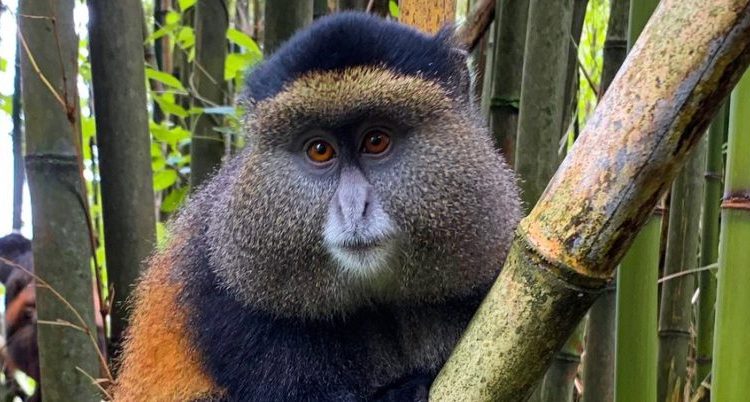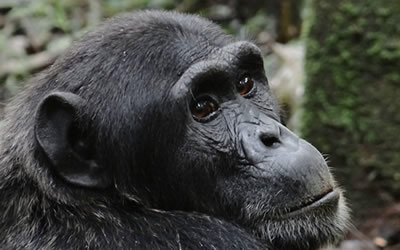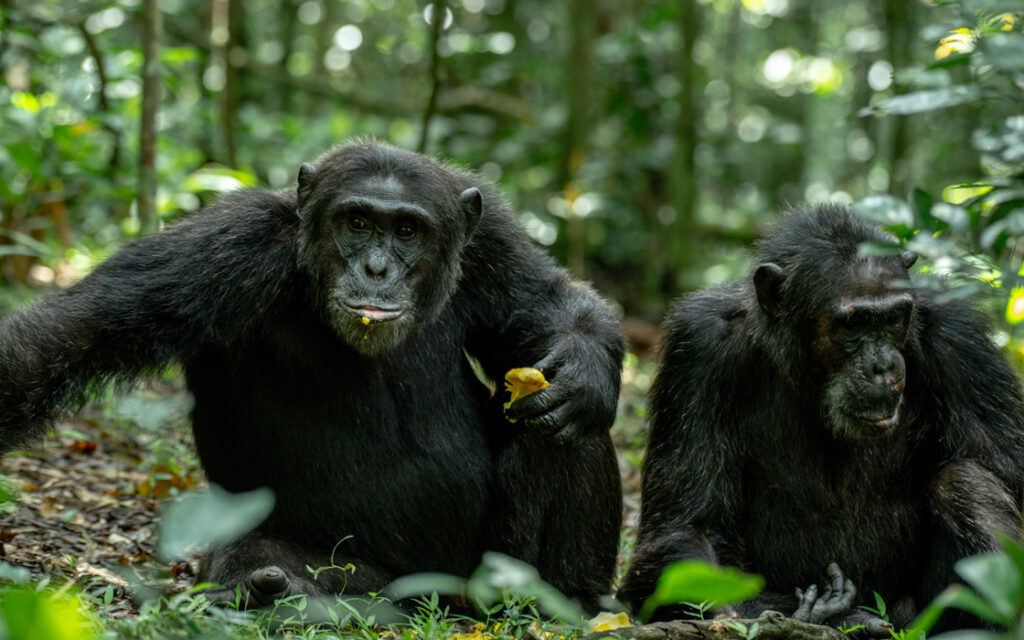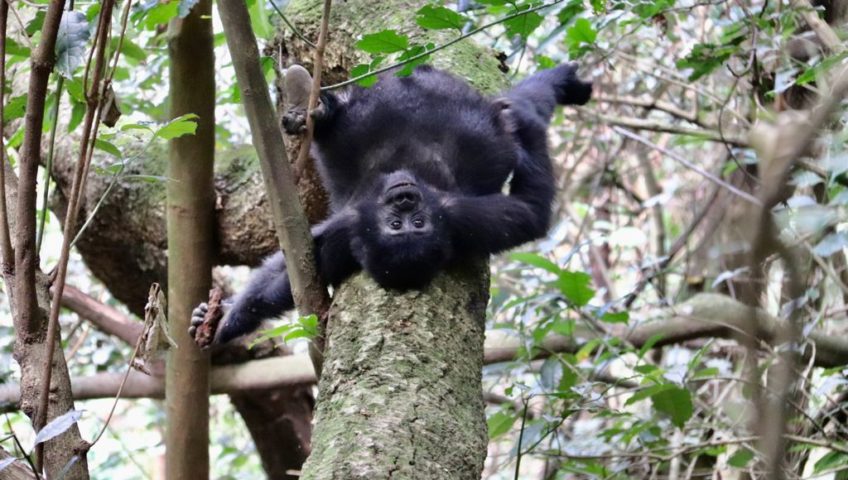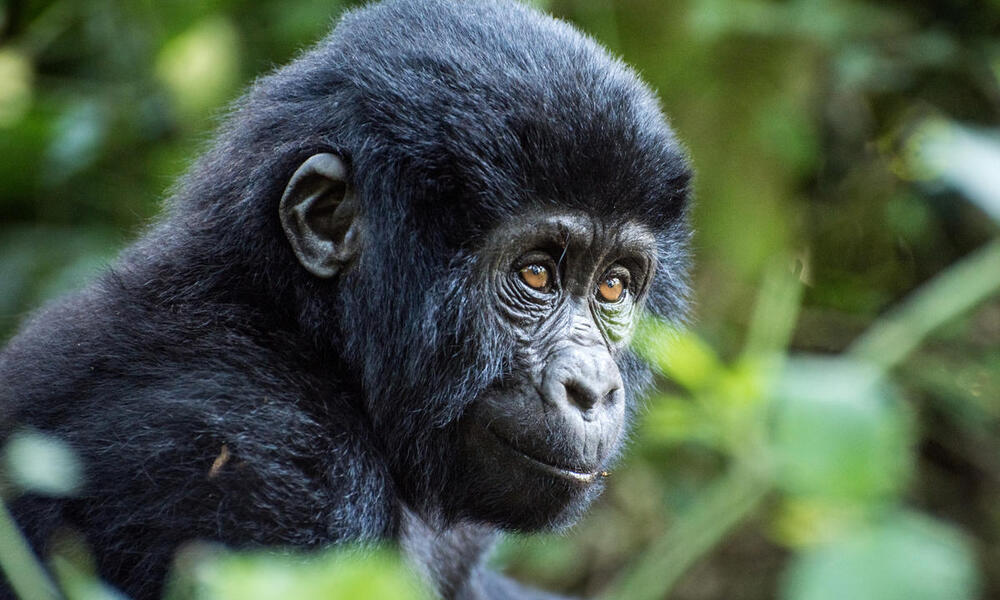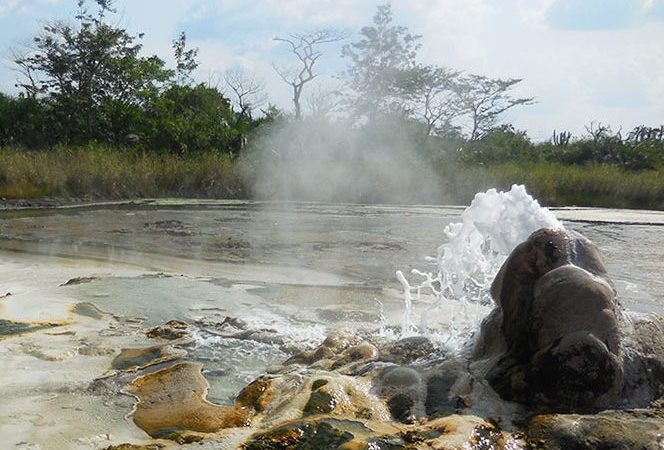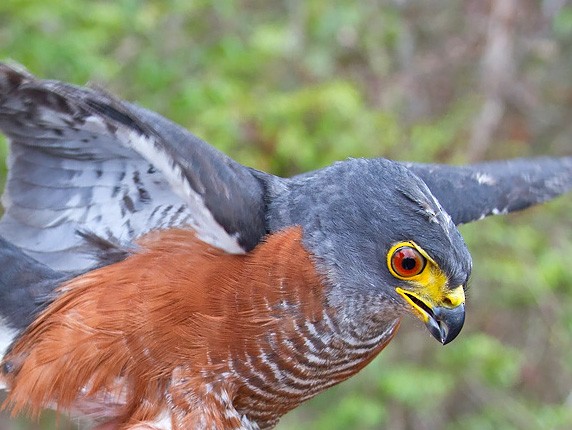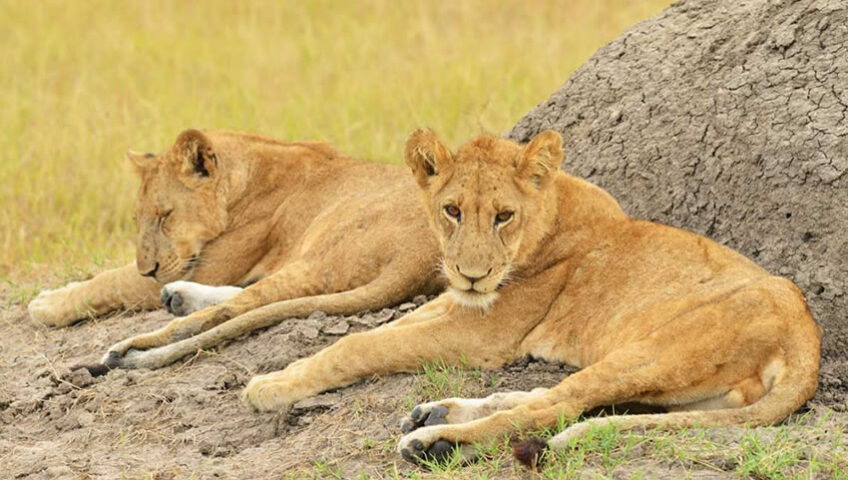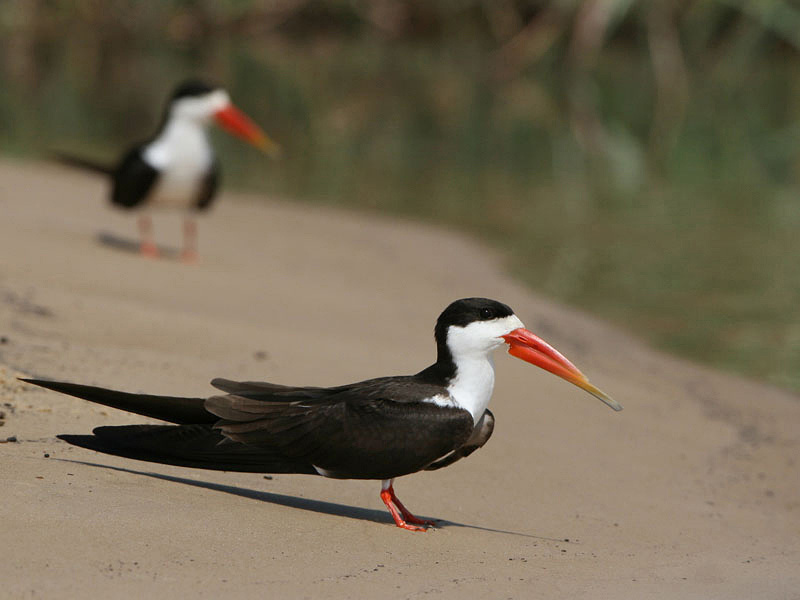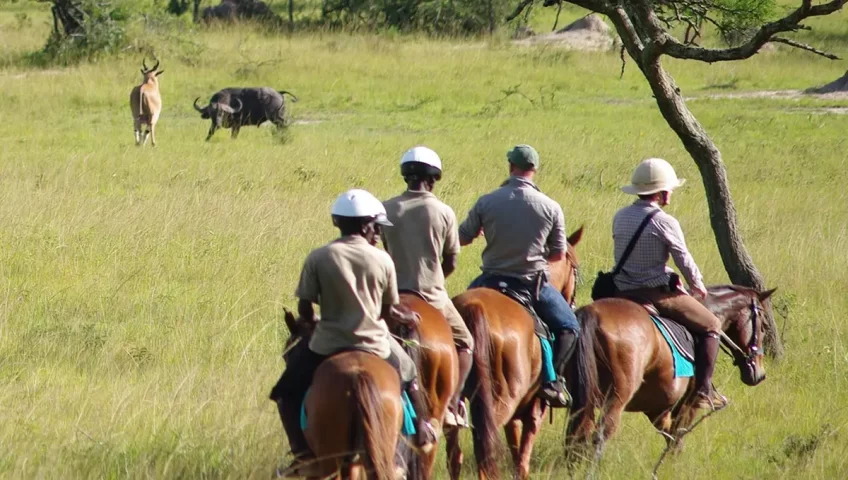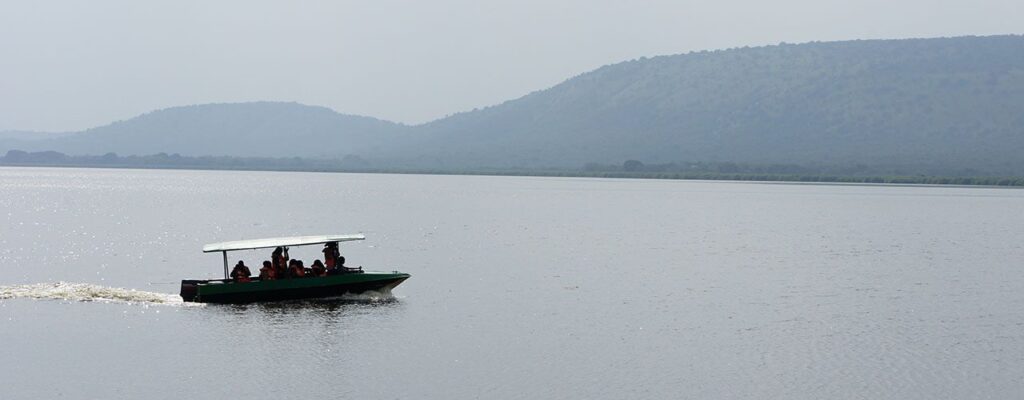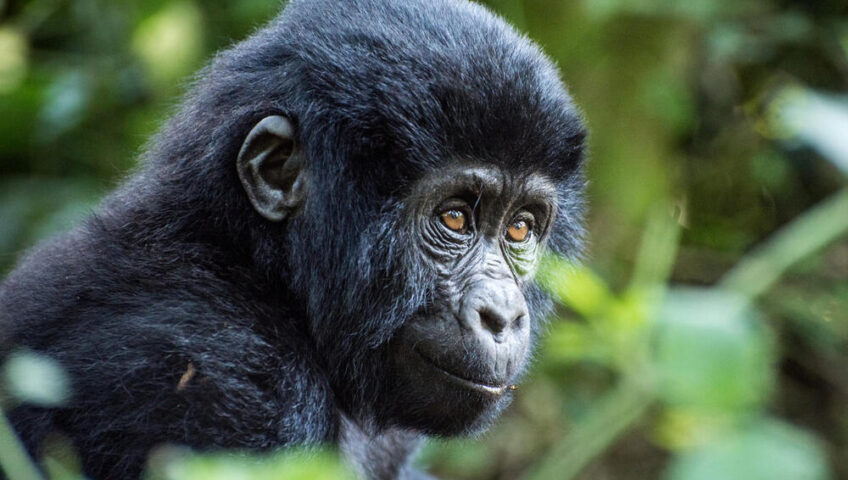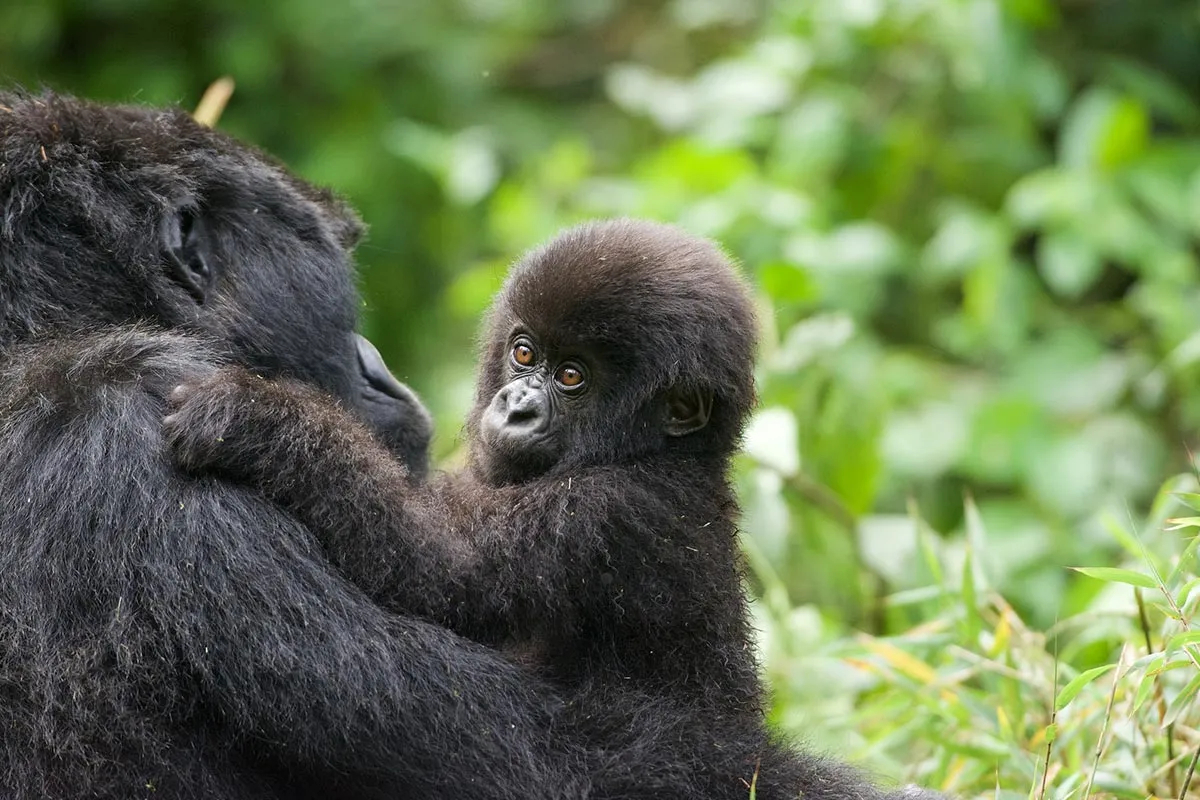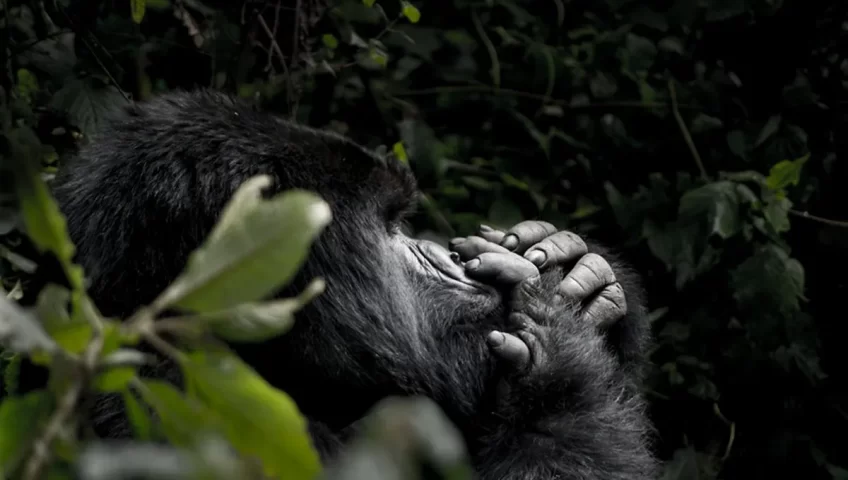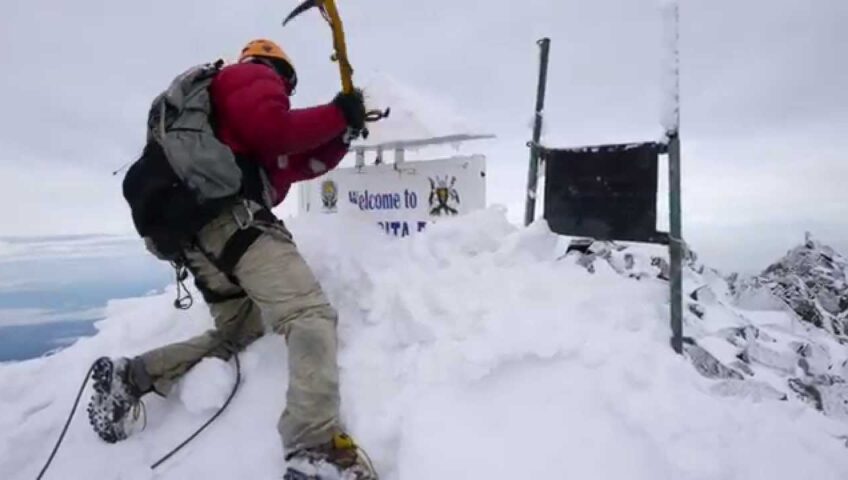
Mount Rwenzori National Park
In close proximity to Virunga National Park, Mount Rwenzori National Park is situated in the south-western region of Uganda, bordering the Democratic Republic of the Congo. The Bundibugyo, Kasese, and Kabarole districts are included in the 386 square kilometer park, which was designated a UNESCO World Heritage Site in 1994.
The third-highest mountain in Africa after Mount Kilimanjaro in Tanzania and Mount Kenya in Kenya, Mount Rwenzori, commonly known as the “Mountains of the Moon,” is located within Mount Rwenzori National Park. Marherita Peak, Mount Rwenzori’s highest summit, rises 16700 feet above sea level. On Mount Rwenzori, you may find peaks like Mount Stanley, Mount Speke, Mount Emin Pasha, Mount Baker, and others.
Attractions in Mount Rwenzori National Park
Wildlife
One of Uganda’s National Parks, Mount Rwenzori, is home to a variety of animals. The park is home to around 70 different species of animals. This group of creatures includes the Gian Forest Hog, Colobus Monkey, Olive Baboon, Blue Monkey, Antelope, Rwenzori Otter, Duiker, L’hoest Monkey, and Forest Elephant.
Birdlife
A birder’s heaven, Mount Rwenzori National Park is home to approximately 217 different bird species, including 17 local species. Barbets, the Blue-headed Sunbird, the Malachite sunbirds with scarlet tufts, the Golden-winged Warbler, the Handsome Francolin, the Rwenzori Turaco, the Long-eared Owl, the Barred Long-tailed Cuckoo, the Cinnamon-chested Bee-eater, the Strange Weaver, the African Long-eared Owl, and the Archers’ Robin-chat. Greenbuls, IIladopsis, Apalises, Crimson-winged Flycatchers, Black Eagles, Bamboo Wamblers, White-starred Robins, Montane Sooty Boubous, Slender-billed Starlings, Lagden’s Bush Shrikes, Blue-headed Sunbirds, Barbets, and Golden-winged Sunbirds are a few of the other species.
Snow Peaks
Mount Rwenzori, the third-tallest mountain in Africa after Mount Kilimanjaro and Mount Kenya, is the main draw. There are also the 4627-meter-tall Mount Luigi Da Savoia, 4890-meter-tall Mount Speke, 4843-meter-tall Mount Baker, 4715-meter-tall Mount Gessi, and 4791-meter-tall Mount Emin Pasha. These are accessible through trekking.
Lakes
About 20 gorgeous lakes and breathtaking landscapes may be found in the Mount Rwenzori national park, which can be reached by ascending the mountain. Lake Mahoma, Lake Bujuku, Lake Kitandara, among others, are among the lakes.
Bulemba residences
Isaiah Mukirania Kibanzanga, the first monarch of the Rwenzururu kingdom, owned these antiques. The tranquil Bakonzo people can be found living in the Rwenzori Mountains’ foothills. Every year on September 2nd, the Bakonzo people offer sacrifices at the holy location in honor of their first king.
Ruboni
This is where neighborhood walks, birding excursions, and environmental strolls all begin. It is situated in the southernmost region of the Rwenzori Mountains.
Recreational opportunities in Mount Rwenzori National Park
Mountain Climbing and Trekking
Mount Rwenzori, one of Uganda’s best and most fascinating hiking destinations, offers breathtaking views to take in while climbing. On the six peaks of Mountain Rwenzori, hiking is permitted in the park. A successful hike requires preparation. Even experienced hikers find the terrain on the mountain difficult. The primary trekking circuit climbs 4,267 meters above sea level and takes six nights or seven days to accomplish.
Birding
One of the best places for birdwatchers to see birds is Mount Rwenzori. Up to 217 different bird species may be spotted by tourists that like birding. In addition to the Crimson Wings, Collared Apalises, Golden-winged Sunbird, Dusky and Shelley’s Crimsonwings, Dwarf Honeyguide, Cinnamon-chested Bee-eater, and Scarlet-tufted Malachite Sunbird, these species are also found in the area. Slender-billed Starling, Montane Sooty Boubou, White-starred Robin, and more.
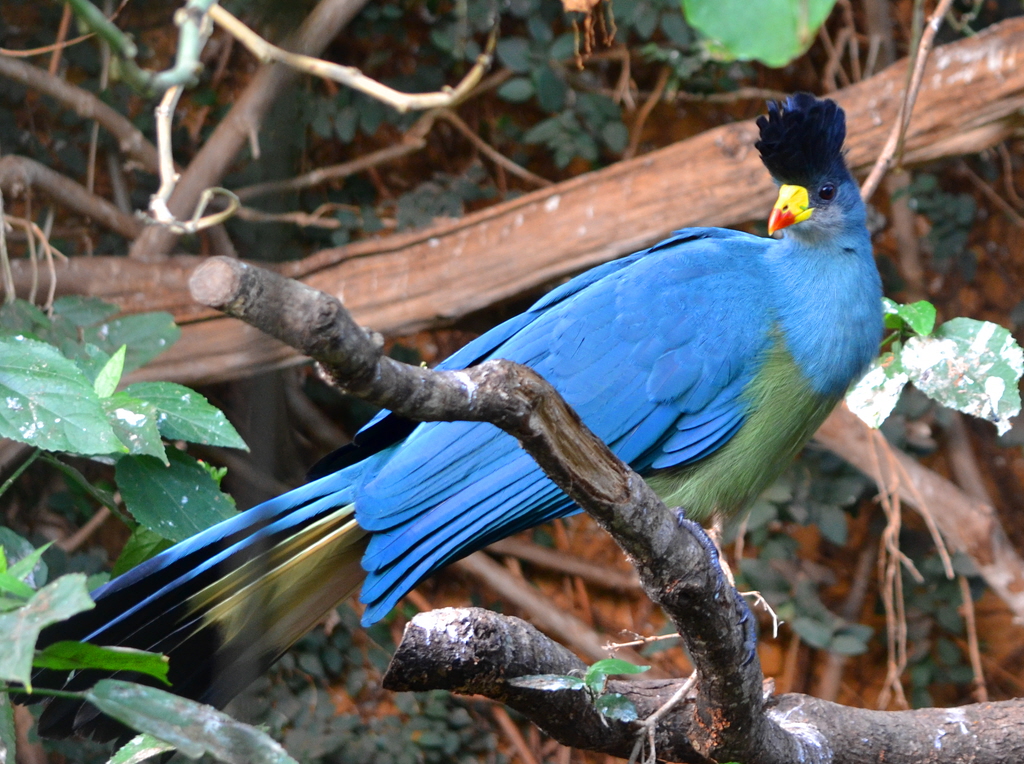
Rwenzori Mountains cultural excursions
One of the most thrilling and captivating activities is this. While taking a trip through the countryside to the Rwenzori mountain’s foothills, you might come across cultural excursions. The most adorable excursion is to the Bakonzo. because there is a chance to learn about their way of life, participate in ethnic dances, meet blacksmiths, learn how to create baskets, and hear their stories.
In addition to the Bamba, there are other tribes.
Nature hikes
This is organized by companies like Rwenzori Mountain Services and Backpackers in Kilembe close to the Mount Rwenzori National Park’s limits. These RMS-sponsored nature hikes often go around the main climbing route circuit zone.
watching wildlife
More than 70 distinct species of animals, nine different reptile species, six different amphibian species, and primates including red-tailed monkeys, olive baboons, blue monkeys, black and white colobus monkeys, etc. may all be found on the slopes of Mount Rwenzori. The list of creatures includes duikers, bushbucks, Rwenzori otter, leopards, elephants, enormous forest hogs, and other animals.
Best time to Visit Rwenzori National Park
Due to the high rainfall in this region on the eastern slopes of the Rockies, the park is open all year round. The optimum times to visit Mount Rwenzori are from June through August and from December through February so that hikers may travel comfortably. The dry season doesn’t continue very long in Mountain Rwenzori.
Accommodations in Mount Rwenzori National Park
The park offers a variety of hotels. They include luxurious lodgings, reasonably priced lodgings, and inexpensive lodgings. They range from Equator Snow Lodge to Tour Holiday Inn to Rwenzori Turaco View Campsite to Ihamba Lake Side Safari Lodge to Tropical Savannah Guest House to Rwenzori International Hotel to Rwenzori Backpackers to Sandton Hotel Kasese to Rwenzori View Guest House to Rujuna Guest House to Hotel Cornerstone to Ataco Lodge to Fort Motel to New Saad Hotel to Palace Motel, among others.
Getting to Rwenzori Mountain National Park
To get to the park, you can either choose a land or air route. The distance between Kasese and Kampala by automobile is about five hours. Kasese can be reached from Kampala through either the 375-kilometer Fort Portal Road or the 450-kilometer Mbarara and Queen Elizabeth National Park road.
Another way to travel to Rwenzori Mountain National Park is by chartered aircraft from Kajjansi Airfield or Entebbe International Airport. Aero link and Bar Aviation Charter Flights are two of these flights.

